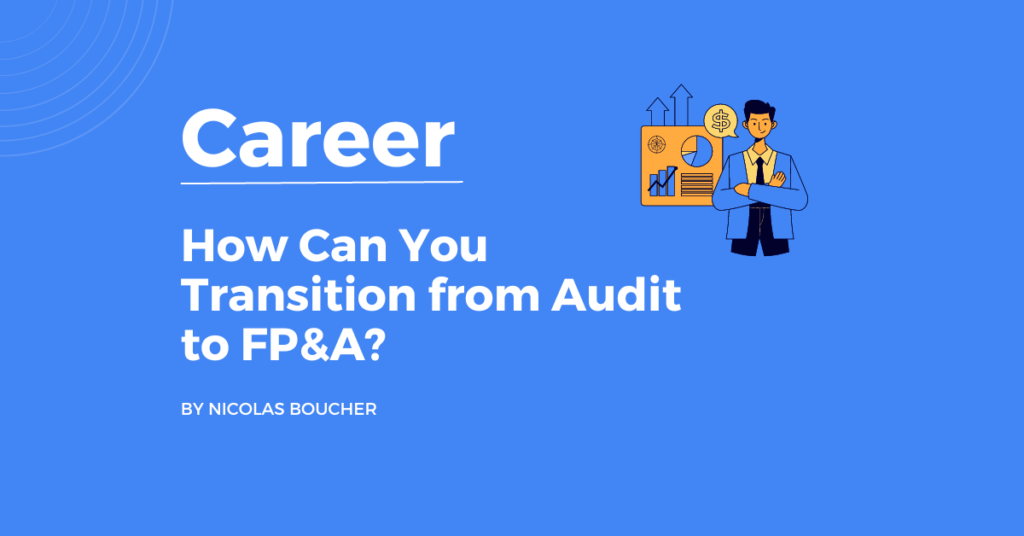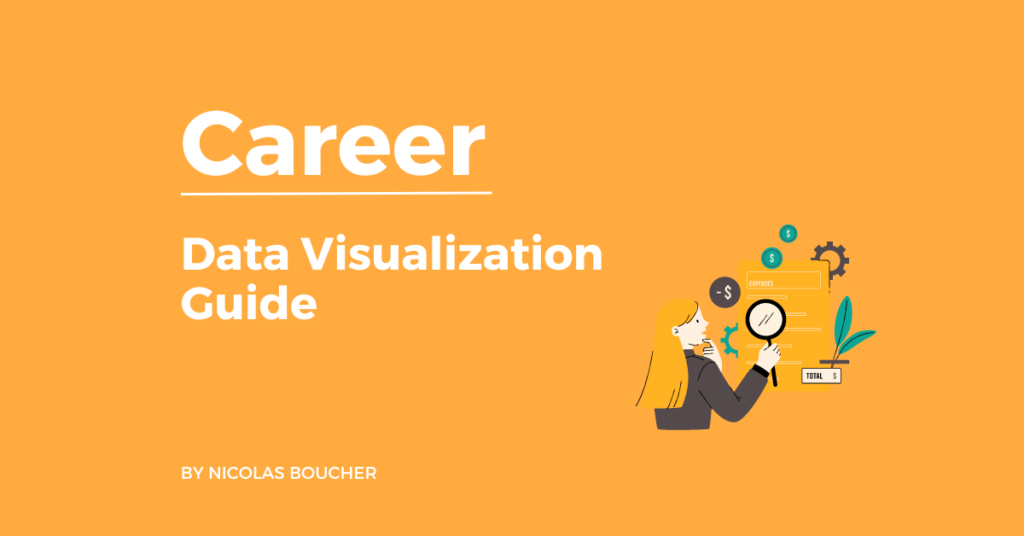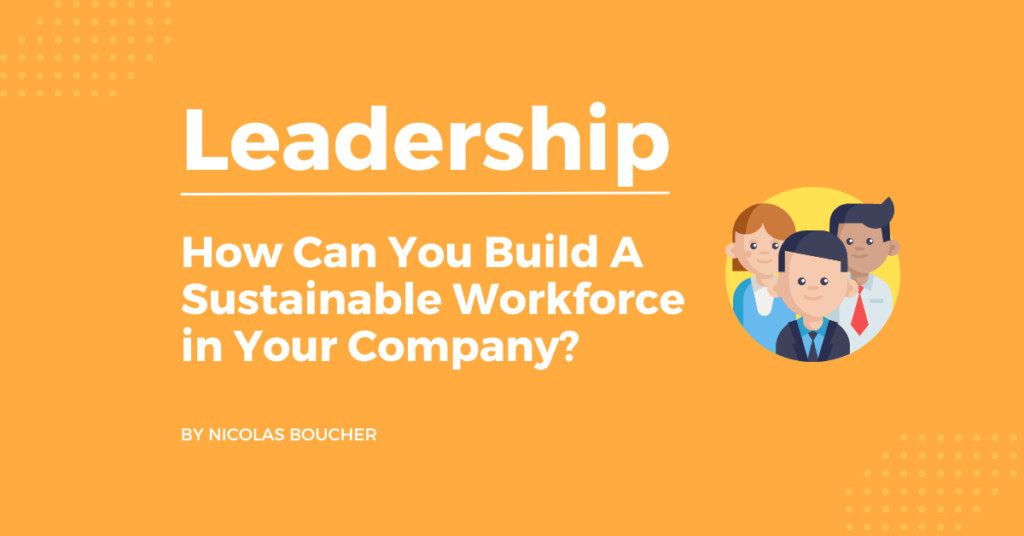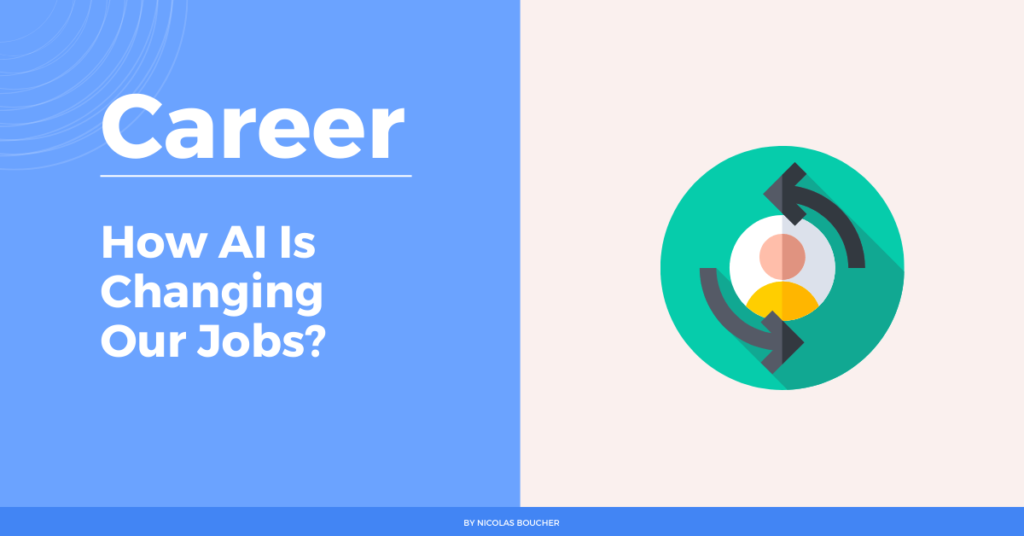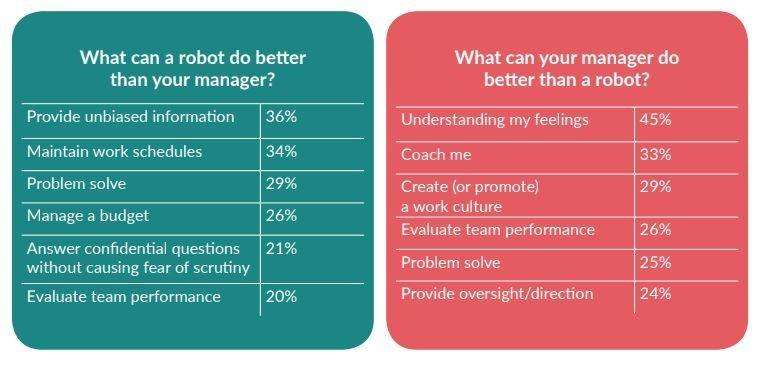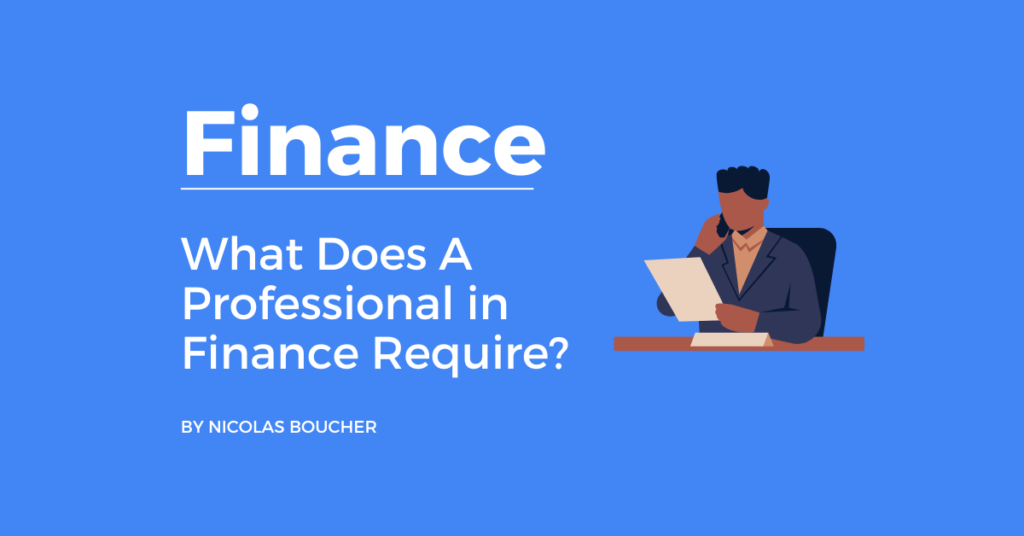How can you become a top performer in finance, and do you want to be noticed among the crowd? Most importantly, you will need to possess certain qualities and characteristics that will help you advance in your career.
Traits of A Top Performer in Finance
Here are the qualities that set-top achievers in finance apart from the rest.
Top Performer in Finance Analyzes Sales, Margin, Overhead, and Headcount
Learn to analyze these indicators to become a top performer in finance. In addition you will be able to bring value to your company so the management can count on you to get insights.
Master The Budget Process
Mastering this process will place you at the center of the strategic planning decisions and bring you closer to management and the head of other functions.
Become A Great Finance Business Partner
It will allow you to navigate the organization easily and move forward quickly. Also, it will bring you a step closer to becoming a top financial performer.
Top Performer in Finance Needs to Optimize Reporting
It will make you more efficient at creating reports and allow you more time for added-value tasks.
Use Storytelling to be A Top Performer in Finance
Above all, you need to master your communication since the world rewards the people who are best at communicating ideas but not those with the best ideas. Moreover, you can not become a top performer in finance if you don’t possess the required communication skills.
Feedback from The Finance Course
Here are what students commented about the course.
Sahil Kamani:
“Yes, I would recommend the course. Nicolas’s course is tailor-made for professionals wanting to take the next step in their careers. His 1-on-1 consultation was also a great addition to the course. Nicolas was a good listener and gave very specific ideas about some of the roadblocks I faced.”
Burak Dagkus:
“Yes, I would recommend the course because the content was clear and detailed designed.”
Emilia Cucu:
“The course is well structured, and it covers most of the relevant topics. For deeper questions, there are lots of useful links provided.”
Enid Silva:
“I am very happy with the course. I’m very much into the PVM, so I have dug a lot into that and ran some tests with my company information, and those are coming very, very well. I have gone into the others, and they are great as well.”
Judit Kovi:
“Yes, I would recommend the course. It is a very practical and comprehensive material to get insight into FP&A processes. ”
James Fields:
“I am really dedicated to doing what I can to advance my career now so that later on, I can enjoy more overall success. I feel like this course can potentially help me gain stronger skills in some of my currently weaker areas within FP&A.”
The Bottom Line – Become A Top Performer in Finance
It took me 14 years to learn these skills. But, if you want a shortcut and take advantage of my experience, I can help you.
I have created an online video course where I teach these five concepts and help you become a high performer.
You can click here to get instant access to the course.


